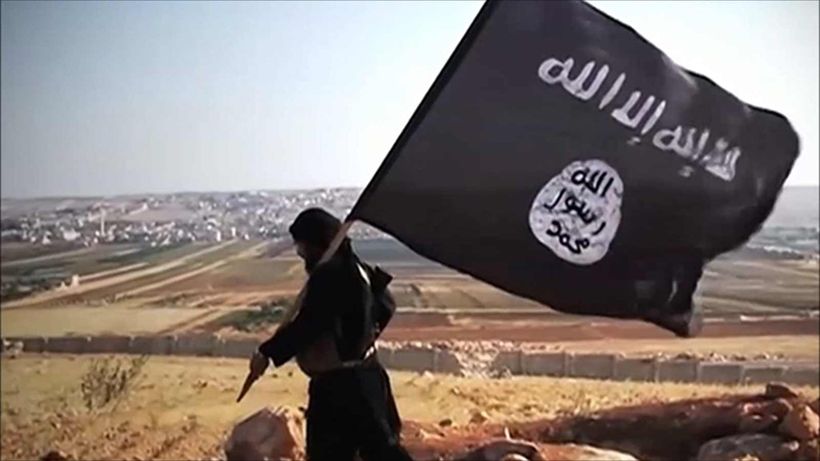By: Mustafa Hamza
The motto “Lasting and Expanding”, which was coined by ISIS in 2014, soon after its birth, might not be application today, especially after the repeated blows the organization had received in Iraq and Syria.
Nonetheless, this does not mean that ISIS is breathing its last, especially after it sprouted in other areas, especially in Afghanistan.
Deteriorating conditions in this Asian country and the ongoing showdown between the government and the Taliban create a fertile soil for ISIS to expand. Afghanistan’s geography, mountainous in the most part, also gives ISIS militants the chance to move freely and hide easily.
ISIS started popping up in the eastern Afghan province of Nangarhar in 2015. It called areas it overran near the border with Pakistan “Khorasan Province”. ISIS also named Hafez Said Khan the emir of the new province.
This was how the nucleus of Khorasan Province was formed. It sprouted up in the border area between Afghanistan and Pakistan and contained defectors from Taliban Afghanistan and Pakistan.
Before Khan was killed in an American raid in eastern Afghanistan in August 2016, ISIS had a plan to expand to other central Asian countries, namely Tajikistan, Uzbekistan and Turkmenistan.
ISIS controlled most of the eastern parts of Nangarhar Province on the border with Pakistan. The organization’s plans to stage attacks outside Nangarhar were foiled by American raids, more than 200 in the province alone.
ISIS also fought for control over Kajaki, a village in the southern province of Helmand, against Talibn. This ended, however, in Taliban’s total control of the village.
Taliban vs. ISIS
ISIS made efforts to control territories around Tora Bora, the mountainous stronghold of former al-Qaeda leader Osama bin Laden, as part of the ongoing rivalry between ISIS and Taliban.
The two groups view each other as a bunch of “infidels”, occasionally fighting against each other in difference parts of Nangarhar.
According to the Afghan Ministry of Defense, most ISIS fighters come from Nangarhar and Kunar, which is also located near the border with Pakistan.
ISIS is also present, the ministry adds, in three other provinces in northern Afghanistan.
ISIS has presence in 25 Afghan regions – UN
Estimates of the number of ISIS members in Afghanistan vary. The US estimates them to be 600 and 800. The Afghan intelligence says they are between 1,200 and 1,600.
Most of these fighters, it says, are active in Nangarhar and are commanded by Abu Omar al-Khorasani. Most ISIS fighters, the Afghan intelligence says, come from Pakistan, belonging to tribes living in border areas between Afghanistan and Pakistan.
The Afghan intelligence notes that most ISIS members today were members of Taliban Pakistan in the past and had left the organization, especially after a Pakistani army operation on their camps in June 2014.
The organization also includes a number of foreign fighters from central Asia as well as French and Algerian nationals who had arrived in Afghanistan after ISIS was defeated in Syria and Iraq.
Afghan researcher, Burhan Osman, estimated the number of ISIS militants in his country at 2,000.
He said ISIS has a big chance to increase the number of its members by recruiting thousands of Afghan nationals deported in recent months by Pakistan.
An ISIS member, Osman said, gets a salary of $400.
The United Nations said, meanwhile, that ISIS has presence in 25 of Afghanistan’s 34 regions.
Nevertheless, the fact that the UN did not determine the number of militants in each region casts doubt on this estimate.








































admin in: How the Muslim Brotherhood betrayed Saudi Arabia?
Great article with insight ...
https://www.viagrapascherfr.com/achat-sildenafil-pfizer-tarif/ in: Cross-region cooperation between anti-terrorism agencies needed
Hello there, just became aware of your blog through Google, and found ...